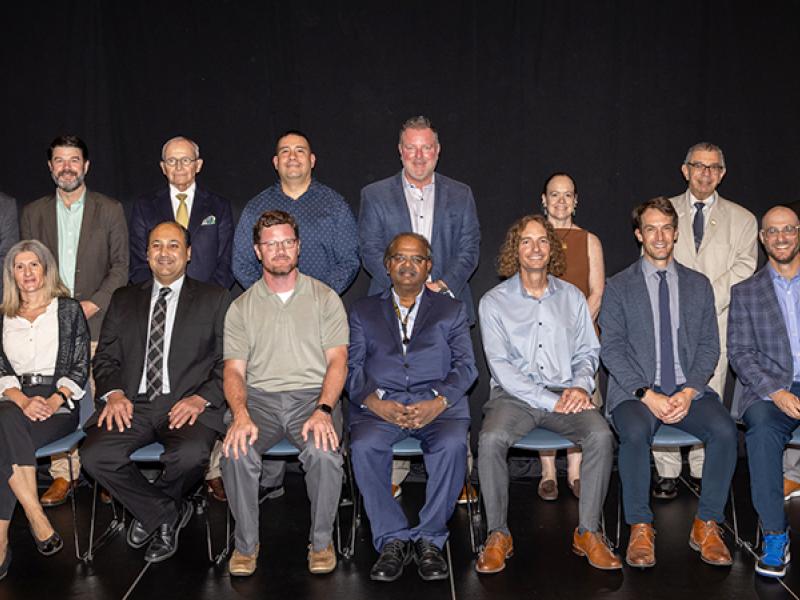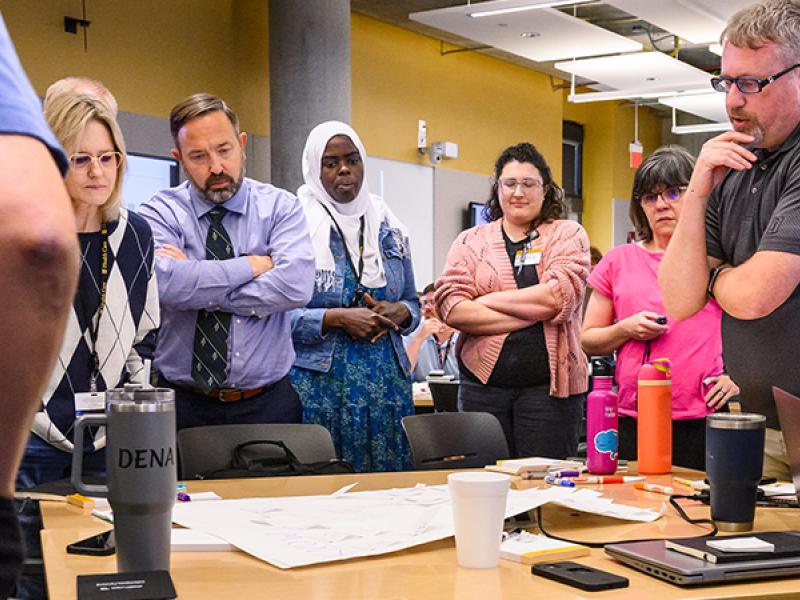
Health professionals can deliver quality neurological care remotely to patients through the emerging field of teleneurology. However, medical training has not caught up with the field, and formalized education for teleneurology is needed. Now, a researcher at the University of Missouri School of Medicine, as part of an American Academy of Neurology (AAN) team, has developed a standardized curriculum for providing remote neurology care via telecommunication.

“We’re facing a shortage of neurologists in both rural and urban areas, compounded by the fact that more patients now have insurance and are able to seek care,” said Raghav Govindarajan, MD, assistant professor of clinical neurology at the MU School of Medicine and lead author of the study. “Through teleneurology, we’re able to virtually treat patients using technologies such as two-way video conferencing, wireless sensors, and text- and image-based communication. This has shown tremendous promise and has already played a major role in acute stroke care. Despite this, teleneurology training in residency programs is currently non-existent, or it is sporadic and inconsistent at best.”
An AAN workgroup comprised of 12 specialists developed a curriculum to train students, resident physicians, fellows, faculty and other health care providers in both academic medicine and private practice. While it is designed for teleneurology, the tenets of the program can be applied to other fields of medicine as well, according to the researchers. The curriculum has been endorsed by the American Telemedicine Association.
The team identified five main areas that providers need to understand before practicing teleneurology:
- Introduction to technology, basic implementation and limitations: A strong foundation of technical knowledge is essential for safe and effective care. The provider must be comfortable with using technology to review the patient’s medical records, move cameras and perform other functions. Health professionals must be able to troubleshoot technological issues that arise.
- Licensure, medical legal issues and ethics: Licensing requirements vary from state to state and are continuously evolving. Participants must have a foundational understanding of these requirements to avoid potential legal ramifications.
- “Webside” manners: Developing a provider-patient relationship is an important part of the healing process in face-to-face visits. A video screen and camera can make this difficult, and providers must overcome this barrier to connect with their patients.
- Informed consent, patient privacy and disclosure: Neurologists must be trained to inform their patients of the security of their personal data in accordance with the Health Insurance Portability and Accountability Act and the Health Information Technology for Economic and Clinical Health Act.
- Neurology-specific clinical skills: Patients must receive the same standard of care that they would with an in-person provider. The provider must discuss expectations with the patient to ensure their health concerns can be properly addressed.
“Unfortunately, teleneurology is akin to the Wild West,” Govindarajan said. “Many practitioners may be operating without the necessary skills and expertise to best care for patients. They’re putting their patients and themselves at unnecessary risk. Our outline for a teleneurology curriculum is meant to be an evolving document that will continue to be adapted to best practices in the field. It’s our hope that it will be implemented at organizations across the country and internationally.”
The study, “Developing an Outline for Teleneurology Curriculum,” recently was published in Neurology, the official journal of the American Academy of Neurology. Research reported in this study was supported by the American Academy of Neurology.
Study author Eric Anderson has received personal compensation for activities with the companies IntensiveNeuro, Specialists on Call and Corticare. He is the director of telemedicine, serves on the medical advisory board and holds stock options in Corticare. He also received honoraria for serving as a course director at the AAN annual meeting. Nima Mowzoon serves as the chief executive officer for TeleSpecialists LLC and receives royalties for serving as the primary editor of Neurology Board Review: An Illustrated Study Guide. Lauren Moo has received research funding from the U.S. Department of Veterans Affairs and the National Institutes of Health, and for work as a consultant for the Dana Foundation. Madhu Soni has received honoraria for serving as course director at the AAN annual meeting. Jack Tsao serves on the editorial board for Neurology: Clinical Practice and receives royalties from his work on clinical guidebooks. The content is solely the responsibility of the authors and does not necessarily represent the official views of the funding agencies.





